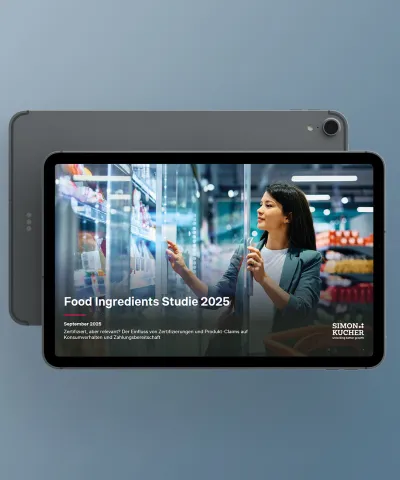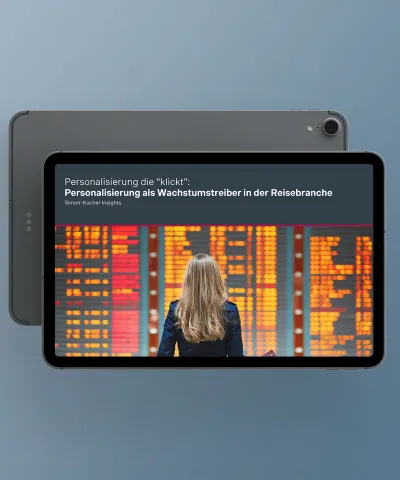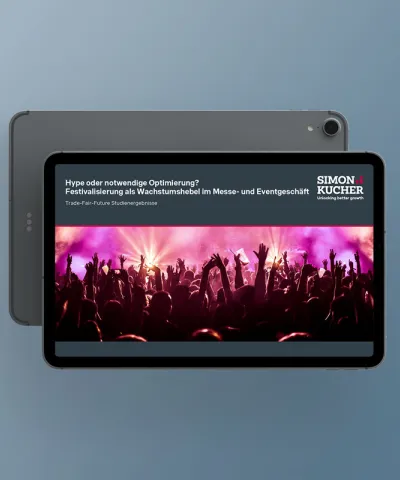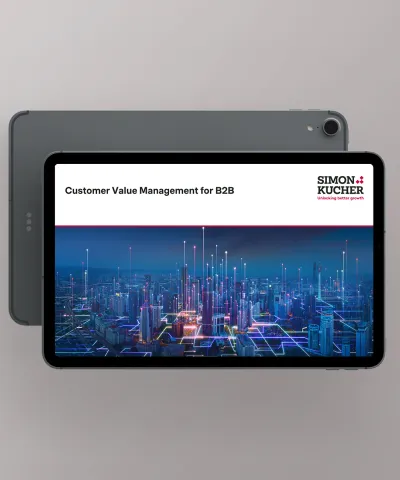When can companies use demand-based pricing, and when should they avoid it? Here’s an overview of the potential and risks of this dynamic pricing strategy.
As an advisor to the leisure, travel, and transportation industry, I am often asked about demand-based pricing. Companies observe how, for example, airlines have strategically used price to fill their planes, and want to explore whether it can be applied in their industry. Will a retailer or a restaurant see the same success in incentivizing demand and growing profits? The answer to this question, of course, is it depends...
In 2020, some countries saw demand for toilet paper and dried pasta explode overnight, while movement restrictions meant that holiday bookings came to a standstill. In 2021, we then became familiar with the revenge traveller, with over 41 percent of consumers jumping in their cars to reach “staycation” destinations… only months later for vehicles to be lining up at gas stations as supply chain issues caused a fuel crisis in the UK.
Dynamic pricing can be crucial to guarantee the value of a product or service, acting like a balancer on the overall demand ecosystem. But we also need to be realistic about demand-based pricing. Being perceived as making tactical price increases or taking advantage of customers can result in significant backlash and violate regulations – even if the true reason behind the price increase is a demand-based algorithm.
When is demand-based pricing not the right strategy?
With demand-based pricing, the price of a given good or service fluctuates to reflect changes in the market through a defined logic or derived algorithm – a type of dynamic pricing specifically responding to demand. Not all industries are suited to demand-based pricing, especially if your business involves:
- Easily stockpiled products: Customers will be encouraged to buy lots of one item when prices are low, and therefore have no incentive to buy the product when prices rise again. For example, sales figures in the UK have shown that customers stock up on toiletries when they are on promotion, resulting in lower demand at higher prices.
- Subscription-based products: Customers value subscriptions because they are predictable in terms of costs, personalized based on preferences, and reward loyalty – all usually incompatible with demand-based pricing. Moreover, contractual obligations will often remove any possibility of changing prices regularly anyway.
- Easily comparable and traceable products: If your customers can easily see that they can get it cheaper elsewhere, then they may just do that – unless they see additional value in your product. As described here, some companies will aim to drive volumes, rather than charge the most profit-optimal price.
Examples of when to use demand-based pricing
Demand-based pricing is most effective when a business involves:
- Perishable inventory: E.g. a business wants to become more sustainable and reduce waste from unsold goods, dropping the price of perishables before they reach their sell-by date to incentivize demand.
- Varying willingness to pay: E.g. airlines raising prices on business routes nearer to departure as this is the period in time where the least price-sensitive business travellers will book, the key here is that booking time provides a suitable fence for willingness to pay.
- Fixed capacity: E.g. a theater aims to fill a specific number of seats for each upcoming event. To drive advance bookings, tickets are sold for a lower price. As the event draws nearer and capacity fills up, the remaining seats are sold for a higher price.
- Seasonal demand: E.g. in the US around Thanksgiving and Christmas, prices of pumpkin pie spice on Amazon range from $4.49 to $8.49, compared to approx. four dollars during the rest of the year.
- Varying level of urgency: E.g. a business services provider calculates its prices based on the urgency of the request – the shorter the deadline, the more the customer pays.
- Digital pricing: The business is able to implement demand-based pricing through a digital pricing system, online booking platforms, or digital price tags in-store.
- Mainly fixed costs: The business is able to ensure it does not sell at loss-making prices when demand is low, and implements a cap based on a maximum fixed cost.
How to use demand-based pricing?
Development of a target-based dynamic pricing system typically requires the following steps:
- Set a volume target you want to achieve
- Monitor sales vs. target on a daily basis
- Change price dynamically to get closer to target
- Re-evaluate price on a daily basis
- Adapt prices until you reach a point where you achieve your target at the best possible revenue
However, when forecasting demand scenarios in times of turbulent demand, it is important to pay attention to additional factors that could influence customer behaviour and perception, such as:
- Customer sentiment
- Signals in the market
- Recent benchmarks from markets ahead of the curve
- Internal expertise and experience from customer-facing employees.
The aim is not to replace pricing expertise with automation. For example, if a surge is driven by an unfortunate event, a rise in prices will likely be seen as profiteering. Machines need to go hand-in-hand with the right pricing strategy and expertise.








